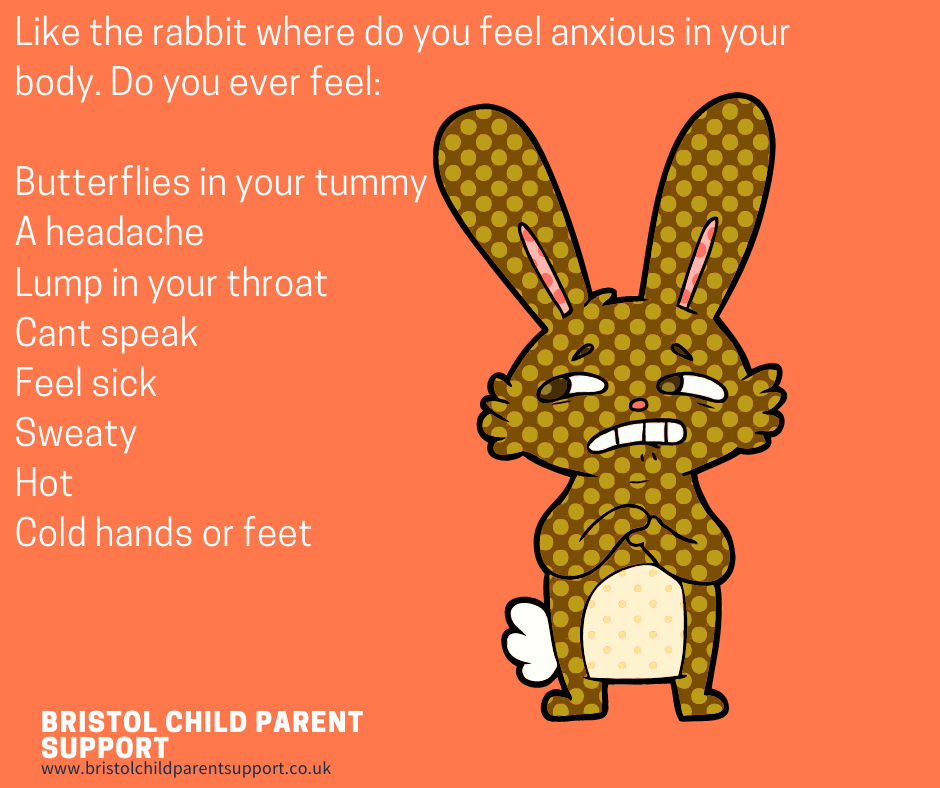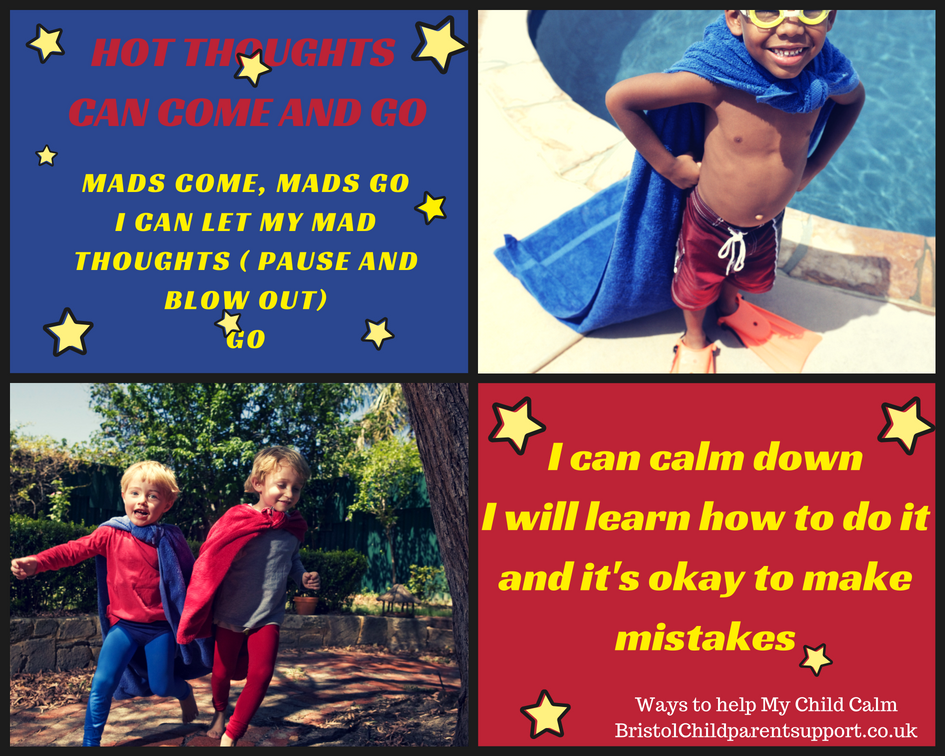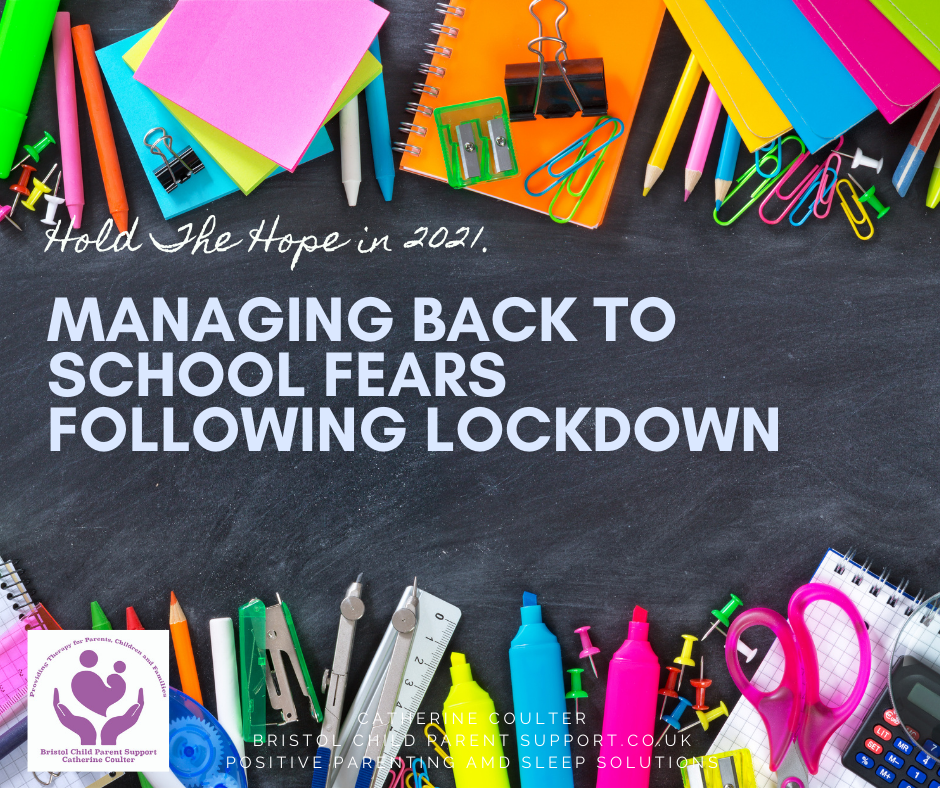It’s been quite some time since children have attended school. During the crisis, young people experienced an extended period of disruption. For some, there may have loss and grief. Therefore, it is perfectly normal for you or them to feel apprehensive. In addition, each of you may experience some anticipation, fears or worries. Here are some tips and ideas to support moving back to school in March.
Gently start to Reinstate Routines.
You may feel pressure to reinstate routines, even basic ones such as bedtimes. We know from research that bedtimes have been getting longer. Please don’t fret; you can start to bring back their bedtimes to 15 minutes a night and start to wake them up earlier. Use natural daylight to enable this process; you can find out more about that here from my other blog.
Take your time settling into the term. It may be helpful not to plan many activities for the children to sink gently into the school structure and be with their friends again.
Manage Your Fears.
Even though you may be very relieved your children are returning to school. You may also feel concerned about how they will manage peer relationships and return to full-time learning; it’s perfectly normal to experience contradictory feelings. Nurturing, calming, grounding, and restful energy is what we need to cultivate for ourselves first and foremost at this time. These are trying times, so being mindful and incorporating mindful practices will enhance your well-being, build resilience, and help sustain you through this year. Don’t worry; it is not about being perfect all the time.
The presence of a calm adult can even reduce the levels of cortisol, the stress hormone, in a child’s body. In fact, supported exposure to manageable stress can be “inoculating,” helping children to be more resilient, whereas complete avoidance of stress undermines the development of resilience. Will the Pandemic Have a Lasting Impact on My Kids?
Research on wars, natural disasters, and other crises reveals how to protect our children’s mental health.
BY DIANA DIVECHA | MAY 18, 2020
Advice on Managing fears for Primary and Junior school.
It is usual for them to feel apprehensive and excited about returning to school. Talk about fear or worries. Discuss fun memories you have of their teacher and little stories you have of them and their friends. This will ignite positive memories and help your child feel enthusiastic about returning.
If there were previously in tears about not wanting to go to school, or they may have regularly said that they had tummy aches or felt sick on school days, then it is good to have a plan with the school to manage any separation fears.
Managing Separation Fears.
For younger children, role-play the situation with toys, playmobile characters, or use puppets. In addition, you can start to do some gentle exposure work the week before commencing, such as:
- Pass their school on your daily walk if possible
- Try to drive them past school when you are out on an essential trip
- Consider contacting the school and asking for face-to-face contact with various teachers via an online video. In addition, identify a safe adult they know from school to meet them at the gate.
- Ask the school if you could take your child to the school, walk around, pick up a textbook or wave at a teacher from a distance, and stick to social distancing guidelines.
Devise a Simple Goodbye Plan for the Day.
This may be helpful for the return; even if your child was not anxious before the pandemic, they might be now. Have a plan, hug, goodbye, and hand over. Draw out the instructions, if the layout/building are different ( they may be attending junior or senior school)
Help them to ask for help; who would be the best adult to talk to? Do they know where they can access support?
For younger children. Enable the transition with a transitional object. Something of yours to keep if they are worried about being away from you or a” worry stone”. This is good for children whose parents separated or if they’ve lost a parent during the pandemic.
Talk about Fears.
It can sometimes be challenging to speak to a young person about whether or not they are worried. They’ll often avoid discussing their anxieties, but getting them to talk to you is a positive step.

Pick an appropriate time to talk to them about it. If they’re in an emotional or upset state, it’s probably not the best time. Often, a walk or a car journey can be good if your child is calm and in a space with a clear start and end. I used this a lot with my children!
Ensure your child has an emotional vocabulary. Do they have a word for anxiety, such as fear, worry, or being scared? Give it a name, tell them it is not who they are, and they can control it.

- The worry wobbler
- The worry monster
- The scariness
- The wibble wobble
Communicate that anxiety is normal and everyone sometimes feels anxious or worried. Therefore, worrying about being away from mummy or daddy is normal. It is normal to feel concerned before starting school. Tell them worry/anxiety are not dangerous within themselves; however, they are uncomfortable, but the feeling/s will pass. Whether at school or home, creative activities, such as playing and drawing, help them express and communicate any negative feelings they may be experiencing. This allows children to find positive ways to express complicated emotions such as anger, fear, or sadness.
What not to do and say.
Refrain from saying:
Don’t worry it will all be fine.
Reassurance sadly does not help anxiety but having a plan and empathy does. Whilst you want to support your child by providing comfort and encouragement – ensure you also encourage them to face and not avoid the fears that cause anxiety. They are less likely to face their fears if they are not encouraged to do so by you.
You cannot promise negative things or feelings won’t happen. Fear is hardwired, so we can’t eliminate it; we recognize and manage it. School can be challenging if your child suffers from social anxiety. While avoiding their fears is not the answer, being fully exposed to them is not the answer. Providing overwhelming social experiences may lead to overwhelming fear and failure and make anxiety sufferers less likely to try again. Start small, build their courage, and work with the school to implement a managed exposure plan. This may mean they have a graded return to school. They may manage mornings instead of the whole day.
I am offering a Webinar on Understanding and Managing Anxiety for tweens and Teenagers. I hope to see you then. Click below for information.
Let’s Stop the Worry Cycle, Understanding and Managing Anxiety In Tweens and Teens.

In Conclusion.
You may notice these symptoms during the first week or the first morning. Hopefully, they will pass, and your child will settle in. Anxiety is treatable, so seek support if your child needs it.
There are many more ideas and a headspace video on how to help your child relax and feel calm here:
- Relaxation Ideas for Children,
- https://bristolchildparentsupport.co.uk/create-a-self-soothe-box-to-enable-calm-down/
- https://bristolchildparentsupport.co.uk/8-ways-to-help-your-child-calm-down/
- https://bristolchildparentsupport.co.uk/talking-to-your-child-about-anxiety/
Thank you for taking the time to read this and for your commitment to your child’s well-being and family. In addition, your willingness to keep growing and holding hope. Remember: parenting is hard work, and you all deserve support. And when it all starts to feel impossible, ask for help. If you need help and support, contact me for a consultation or join my newsletter community. With Gratitude Catherine



